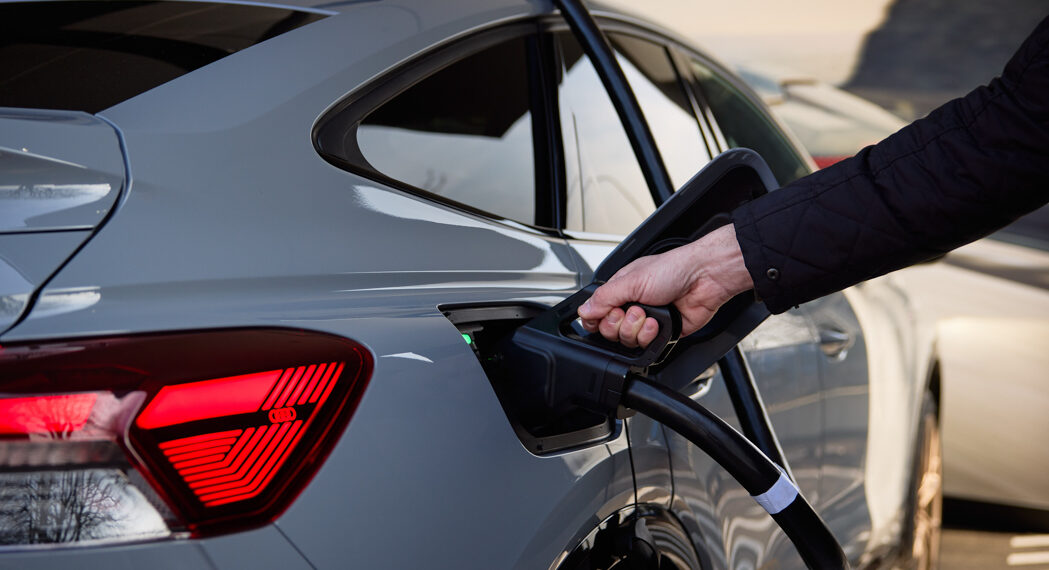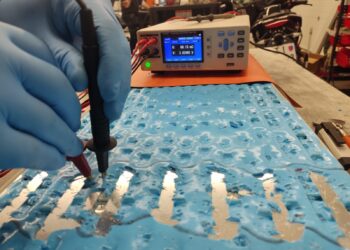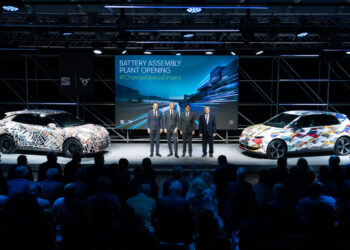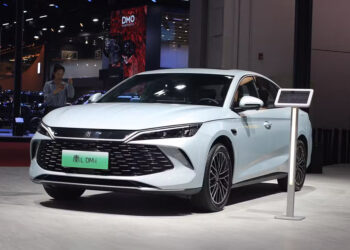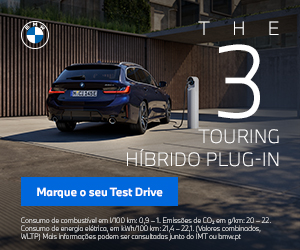Expressing the paradigm shift that is gradually being implemented in the Portuguese market, the figures provided by the National Charging Network (RNC), regarding the charging of electrified vehicles in the so-called public network, are illustrative. In September, there were more than 767 thousand, which is an increase of 43% compared to the same period last year – it should also be noted that the number of users increased significantly (+47%, to about 131 thousand), as did the energy consumed (+54%, to 17.4 GWh).
In total, since January, the RNC has recorded more than 6.4 million charges, carried out by more than 363 thousand users, corresponding to a consumption of over 144,600 MWh of energy – figures that represent increases, compared to the same period in 2024, of 48%, 58%, and 61%, respectively. To meet an ever-increasing demand, the public charging network continues to expand, even if not at the desired and expected pace (whether in Portugal or in Europe): at the end of last September, the RNC had more than 6,880 charging points in Portugal, distributed across about 12,860 locations (2,633 of which are fast or ultra-fast), which translates to an average of 118 points per 100 km of road, and 116 points per 100 thousand inhabitants.
According to the RNC, the positive environmental impact of electric mobility is undeniable: just in September, it is estimated that it prevented the emission of more than 14 thousand tons of CO2 into the atmosphere in Portugal, equivalent to the absorption capacity of more than 230 thousand 10-year-old trees. Calculating for the first nine months of the year, the result is estimated to be equivalent to 116 thousand tons of CO2 that were not emitted, and more than 43 million liters of diesel that were not consumed.

